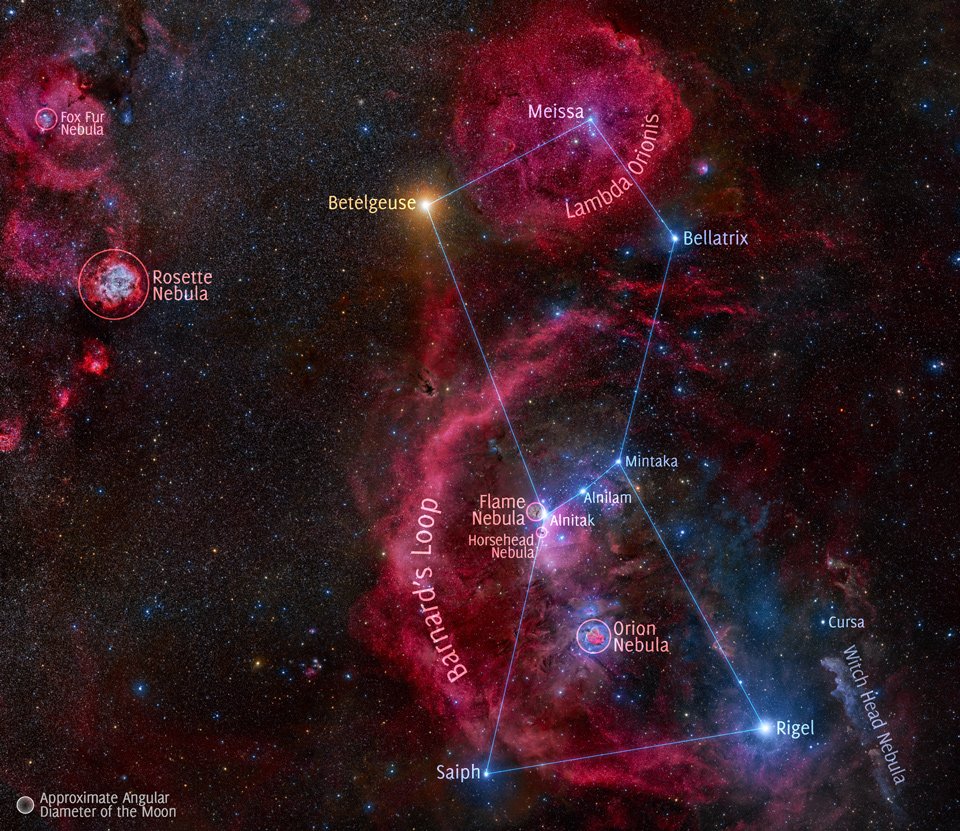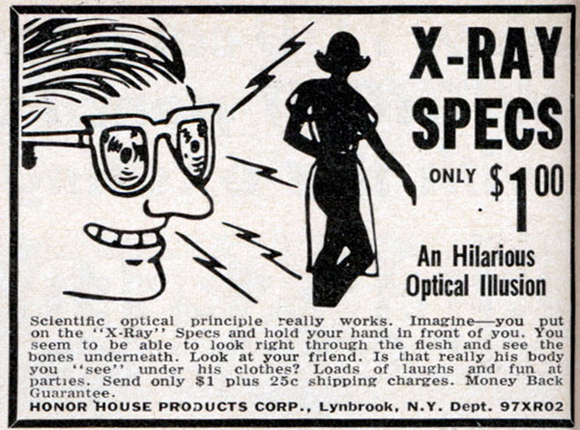Ann wrote:geoffrey.landis wrote:It's a pretty one, but it has moved beyond my tolerance for photocomposites.
The zodiacal light is so extraordinarily faint, there is just no possible way you could see that well-lit view of the lake and cliffs and still see the zodiacal light. This is no longer a case of contrast enhancing; it's really a case of pasting two different pictures together.
Note what it says in the caption:
APOD Robot wrote:
The
30-image composite was taken earlier this month
in nearly complete darkness only six inches from the edge of a dangerous cliff.
So the picture
is a composite. But my guess is that David Lane has taken all the exposures for the picture during the same night, or maybe during a few nights, and under similar lighting conditions.
Ann
Ann thanks for the help, I'm out west wandering Utah taking more shots for us astrogeeks. An explanation for those that don't understand.
One the sky was shot first shortly after astronomical dark. The column of light was insanely bright. I think I depicted it exactly as I saw it. I've only seen it this bright one other time in Canyonlands National Park and I've had 100s of nights shooting.
Second I shot the ground immediately after completing the sky. My first try I didn't get the bottom of the river edge. So I moved the tripod to within 6" of the edge to get the shot. I sat holding the tripod leg (wind was blowing into the canyon) and took the ground shot. In the stitch of the ground you can faintly see the California nebula near the horizon so that much time had past.
This is two panoramas shot back to back and then combined. No fudging, no moon, no artificial light. A bit of light from nearby Page on the cliffs beyond. Also if you zoom in you can see 3 boats drawn up on the shore and a small campfire. I didn't see it till processing the image. Made me laugh.
 A Zodiacal Sky over Horseshoe Bend
A Zodiacal Sky over Horseshoe Bend

